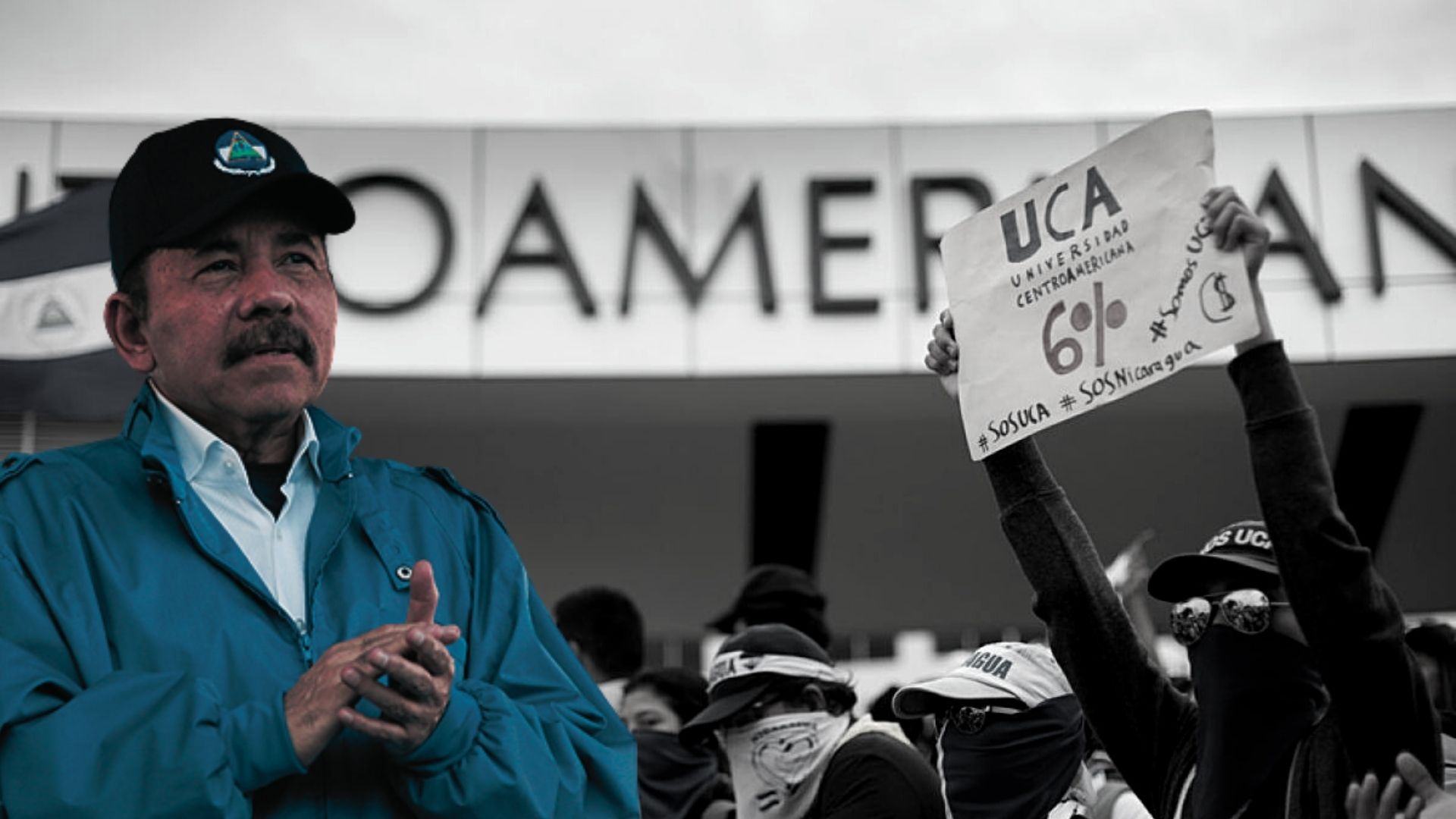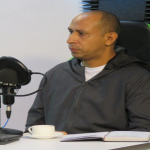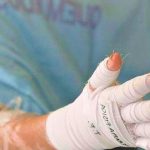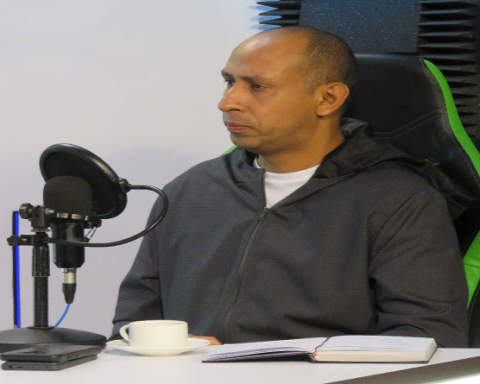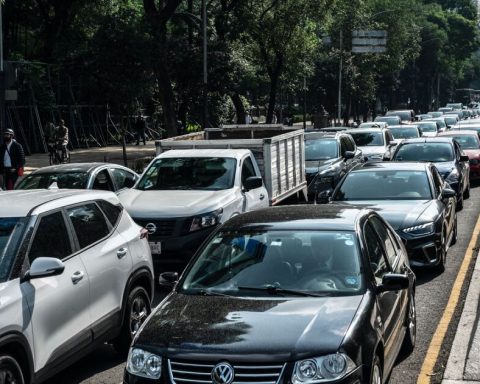The Central American University (UCA) was one of the main venues where young people gathered to protest since 2018 against the Nicaraguan regime. This situation subsequently generated persecution against the students of that university and a retaliation against the authorities that culminated in the dispossession of 6% of the constitutional right to the UCA.
The dictatorship does not “forgive” that the university campus has been a refuge for dozens of young people who were repressed by the shock forces directed by the State. The UCA was the first study center attacked by the so-called “mobs” of Sandinismo, on the night of April 18, 2018. That day, the Jesuit institution served as a shelter for those who were outside the compound.
Related news: Nicaraguan regime punishes the UCA for “not submitting to state indoctrination”
Article 66 He learned that Father José Alberto Idiáquez Guevara, rector of the UCA, still keeps the stones, in his office, that Daniel Ortega’s followers threw at him when he went to verify what was happening outside the compound.
The “terrifying and brutal” attack on the UCA
This team communicated with two former students of the Central American University (UCA), who narrated the moment in which they witnessed the beginning of the attacks. Both young people, in that year, were in the fourth year of the Communication career.
Judith Mairena, leader of the Nicaraguan University Alliance (AUN), witnessed the moment that he describes as “terrifying and horrible.” «On April 18 I was in English classes, I was almost ready to leave, when a security guard arrived telling us that we will evacuate the UCA because they were attacking it, so obviously most of the people evacuated, but some of us wanted to know what was happening », said the young woman.
“We went to the main gate, which was recently remodeled, and what I saw was a very large group of the JS (Sandinista Youth), around 50 or more kids from the JS, dressed in their uniforms, being guarded by uniformed policemen as well, on their patrols,” he continued.

He stressed that the policemen were not “trying to control a disturbance or stop the protest, they were there supporting the JS, while they attacked the kids who were protesting outside the university, throwing between bottles, stones. I remember that on this side of the UCA, the kids did not react to the attack, because there was nothing within our reach, we only received violence».
For his part, the other source, who preferred to remain anonymous, recounted the violence he witnessed from the sit-in on Camino de Oriente.
On April 18 «I had to cover (I was a journalism intern) the sit-in in Camino de Oriente (…) At that time there were many rumors surrounding the initiative, I saw how the shock forces were concentrating, which at that time were more JS (Sandinista Youth) with sticks and things, there was so much information at that time that it was difficult to know what was real and what was not, after all, my job was to go and cover; document, above all, the repression that took place that day, and it was brutal,” the young man said.

«The first image I have in mind is when those guys who are called “mobs” were putting on their helmets with metal rods and they were shouting with the kids who were on the other side (the Sandinista Youth), they were divided by a small street. They defending their idea and the people protesting with all the right », he continued.
«On the night of the 18th (April), my girlfriend called me that she was trapped inside the UCA together with her friends, then chaos took over, at that moment she called a relative to come and bring me to my house and get to those people from the UCA, and there I had to leave that passive role of documentation and journalism, and support in some way to get the people who were trapped out. The UCA was surrounded by the shock forces », she stressed.
Related news: Ortega’s economic retaliation against UCA: 30% less budget in 2019
The young man explained that in the April insurrection, he was focused more on the journalistic part and not involved as a direct actor since the protests; however, he joined the civic struggle supporting his friends and acquaintances to evacuate the UCA.
For Judith Mairena “it was horrible” to experience the attack, “because you don’t see something like this every day, protests are supposed to be peaceful and shouldn’t lead to that consequence, assuming you’re not doing it aggressively and just you are demanding rights.”
The university, faithful to its Jesuit principles and values, has repeatedly demanded that the government of Daniel Ortega cease repression, release political prisoners and seek a peaceful solution to the socio-political crisis in the country.
The UCA, a “refuge” for protesters
The Jesuit institution was a “refuge” for dozens of young Nicaraguans who took refuge in the compound, fleeing attacks by regime sympathizers.
The two former students consulted by Article 66 They agreed that the UCA “opened its doors” to the people of Nicaragua during the 2018 social protests and the rector of the university campus, Father José Idiáquez, offered his support to the victims.
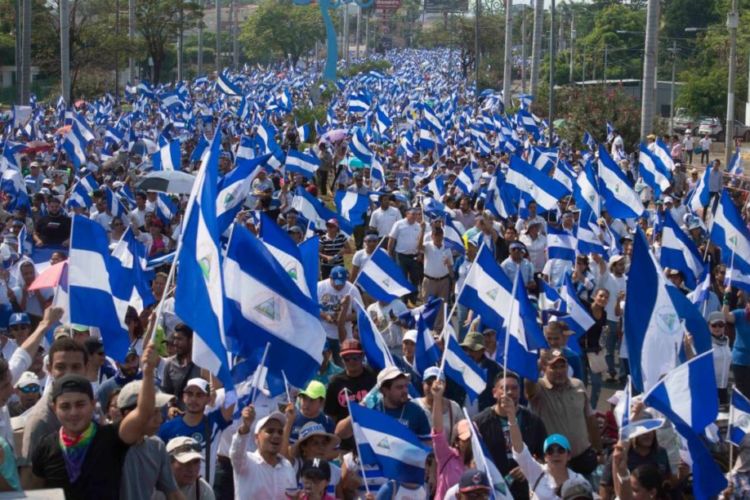
«The UCA supported us. It would have been hard for us to be in a public university of the government and not have had the opportunity to enter to take refuge within them, “said Judith Mairena.
“It became a bastion of struggle, it was the only university that did not allow itself to be bowed down by the government, even knowing that they have a partisan union on the side of the Front (Sandinista de Liberación Nacional) and that has brought consequences,” he added.
The other young man stressed that “after a long time when the streets were snatched away, the UCA served as a reminder that there is discomfort, that there is protest, because demonstrations were still taking place within the same campus.”
Ortega’s “revenge” against the UCA
The dictatorship wasted no time in taking “revenge” and chose to drown the UCA financially. Since 2019, the allocation of the constitutional 6% of the budget of the Republic, which by law corresponds to the university campus, was substantially reduced until 2022.

On March 31 of the current year, with the reform of Law 582, the General Education Law, and Law 89, the Law on the Autonomy of Higher Education Institutions, the Ortega steamroller in the Assembly voted, following the orders of the Executive, to leave the UCA out of the National Council of Universities (CNU) and also the constitutional percentage that was used for scholarships for low-income students.
According to the journalist Israel González, the Ortega Murillo dictatorship avoided giving a “direct blow” to the Jesuit institution because it would mean a “beautiful cause” (cause or reason for war) between the Apostolic Palace of Rome and the Managua regime. «The plan is to suffocate it economically. Without state resources, student scholarships are in danger », he explained.
The former student of the UCA, who preferred anonymity, pointed out that the actions of the Ortega dictatorship against the university “have this ingredient of revenge, that is, there is like a drip revenge, because I really believe that the closure has not been done because it is sought as a more prolonged suffering or a longer anxiety and it is part of the punishment».
Related news: Nicaraguan Regime Consolidates “Control and Hegemony of Academic Freedom”
With the reform of Law 582 and Law 89, the Ortega administration “is not only affecting the UCA, but the entire higher education system in the country. With the new reform it annihilates autonomy, it is a contempt for the critical thinking that the UCA embodies and that there may be in these universities dominated by them », he added.
He stressed that the Ortega Murillo regime, in its “materialization of that revenge, does not forgive the fact that kids have come out of the UCA who confronted them in the (national) dialogue, they are very clear about where Lesther (German) comes from and they are clear that He is a kid educated at the UCA with values».
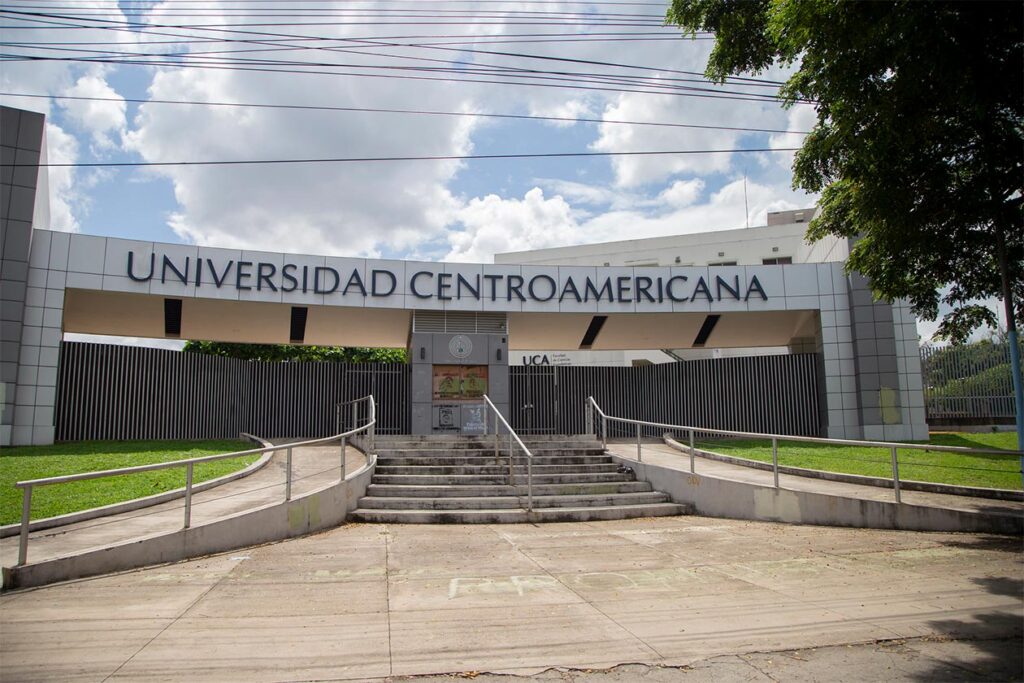
The leader of AUN indicated that by snatching the constitutional 6% from the UCA, the “retaliation” is demonstrated later. This new attack by the regime has generated a wave of rejection and indignation in the Nicaraguan population, the majority of whom are young people who studied on this university campus with a scholarship and claim for the 6% that was cut off from the university.
62 years after its foundation, the UCA has survived two dictatorships, the guerrillas and the social, economic and political crises that Nicaragua has suffered. Amid so much violence, repression and political persecution, the university campus has remained firm to its Jesuit values.
